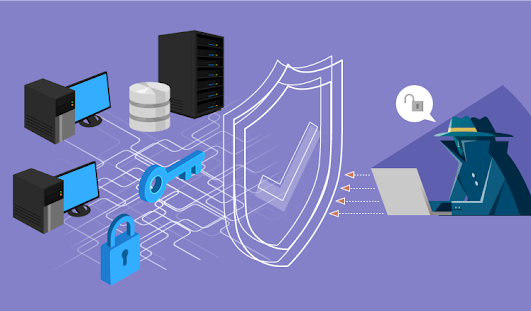What is Private key and Public key in Network security?
Private key and public key are a part of encryption that encodes the
information. Both keys work in two encryption systems called symmetric
and asymmetric. Symmetric encryption and decryption. Asymmetric
encryption utilizes a pair of keys like public and private key for better security where a message sender encrypts the message with the
public key and the receiver decrypts it with her/his private key.
Public Key
Public
key uses asymmetric algorithms that convert messages into an unreadable
format. A person who has a public key can encrypt the message intended
for a specific receiver. The receiver with the private key can only
decode the message, which is encrypted by the public key. The key is
available via the public accessible directory.
Private Key
The
private key is a secret key that is used to decrypt the message and the
party knows that exchange message. In the traditional method, a secret
key is shared within communicators to enable encryption and decryption
the message, but if the key is lost, the system becomes void. To avoid
this weakness, PKI(Public Key Infrastructure) came into force where a
public key is used along with the private key. PKI enables internet
users to exchange information in a secure way with the use of a public
and private key.













No comments